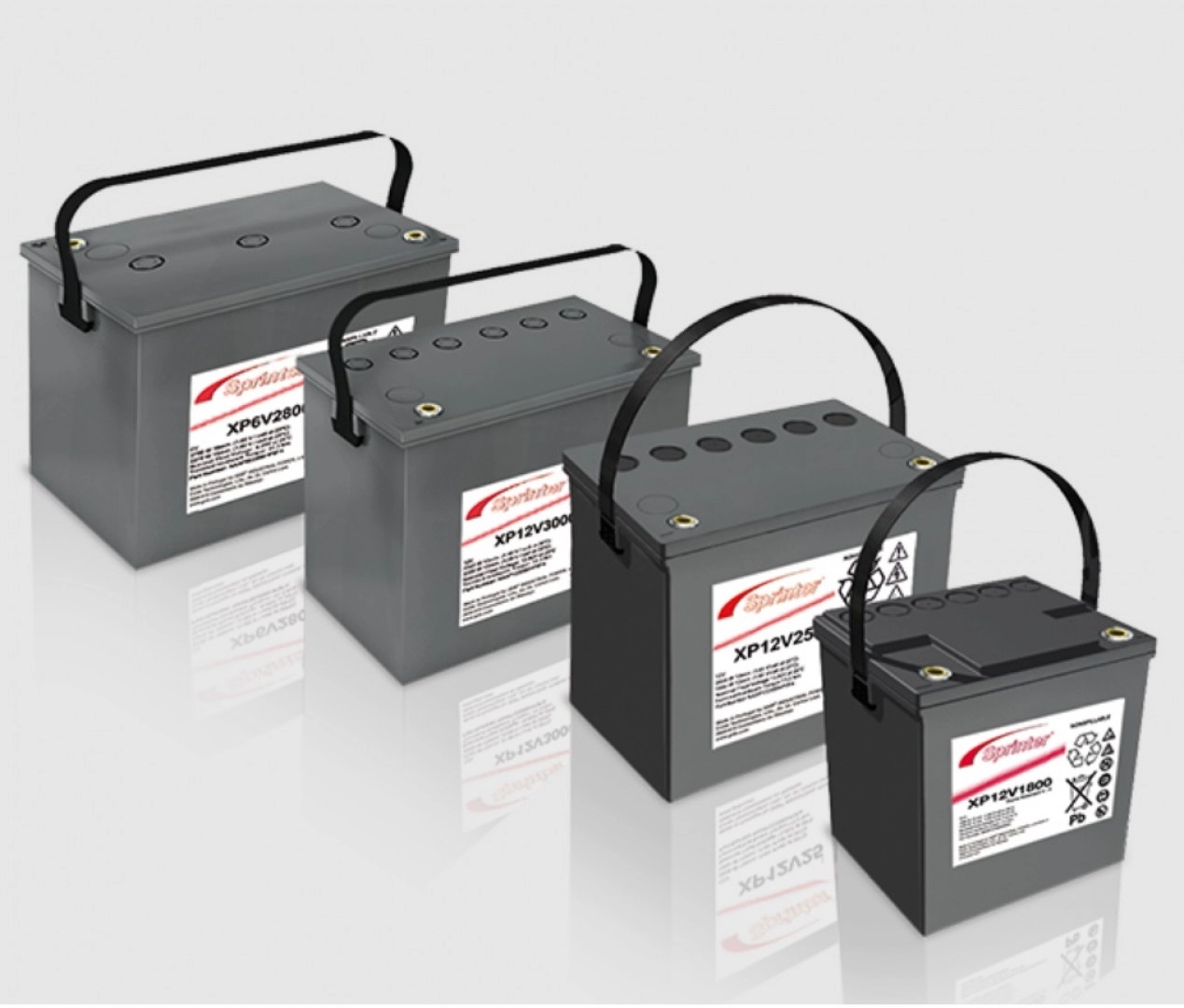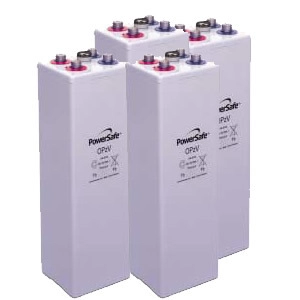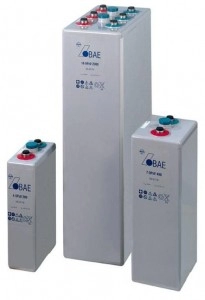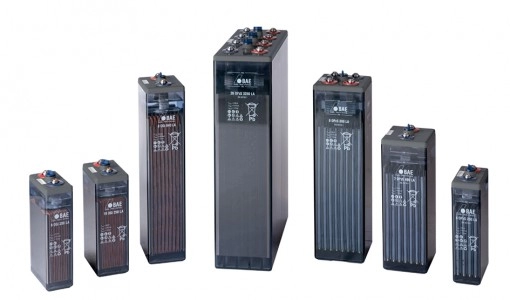Product Information
BATTERY DEFINITIONS
Acid: Refers to sulphuric acid (H2SO4), or a mixture of sulphuric acid and water - the active component of the electrolyte.
Active Material: Indicates the active portion of the battery plates; peroxide of lead on the positives and spongy metallic lead on the negative.
Alternating Current: Electric current, which unlike direct current, rapidly reverses its direction or "alternates" in polarity so that it doesn't charge a battery.
Ampere: The unit that measures the rate of flow of electric current.
Ampere Hour: It is the amount of energy charge in a battery that will allow one ampere of current to flow for one hour.
Battery: A device that comprises a group of electric cells that converts chemical energy into electrical energy to act as a source of direct current
Buckling: Warping or bending of the battery plates.
Capacity: The number of ampere-hours that a battery can supply at a given rate of current flow after being fully charged. e.g., a battery may be capable of supplying 8 amperes of current for 10 hours before it is exhausted. Its capacity is 80-ampere hours at the 10 hours rate of current flow. It is necessary to state the rate of flow, since same battery if discharged at 20 amperes would not last for 4 hours but for a shorter period, say 3 hours. Hence, its capacity at the 3 hour rate would be 3x20=60 ampere hours.
Case: The container that holds the battery cells.
Cell: The battery unit that comprises an element complete with electrolyte.
Charge: Passing direct current through a battery in the direction opposite to that of discharge, in order to restore the energy used on discharge.
Charge Rate: The rate of current that is required for charging a battery from an external source. The rate is measured in amperes and varies for cells of different size.
Corrosion: It is the erosion of metal parts on exposure by acid from the electrolyte.
Cycle: One discharge and charge.
Density: Specific gravity
Discharge: The flow of current from a battery through a circuit, opposite of "charge."
Dry: Term frequently applied to cell containing insufficient electrolyte. Also applied to certain conditions of shipment of batteries (i.e. without electrolyte)
Electrolyte: The conducting fluid of electro-chemical devices (for lead-acid storage batteries electrolyte comprises about two parts of water to one part of chemically pure sulphuric acid, by weight)
Element: Positive group, negative group and separators.
Evaporation: Loss of water from electrolyte due to heat or charging.
Filling Plug: The plug that fits in and closes the orifice of the filling hollow in the cell cover.
Freshening Charge: A charge given to an idle battery to keep it fully charged.
Gassing: Emission of oxygen at the positive plates and hydrogen at negatives, which begins when charge is nearing completion.
Gravity: A contraction of the term "specific gravity," which means the density compared to water as a standard.
Grid: The metal framework of a plate that supports the active material and is provided with a lug for conducting the current.
Group: A set of plates, either positive or negative, joined to a strap. Groups do not include separators.
Hold-Down: Device to keep separators in place.
Hold-Down Clips: Brackets for the attachment of bolts for holding the battery securely in position within the car.
Hydrometer: An instrument for measuring the specific gravity of the electrolyte.
Hydrometer Syringe: A glass barrel enclosing a hydrometer and provided with a rubber bulb for drawing up electrolyte.
Lug: The extension from the top frame of each plate, connecting the plate to the strap.
Maximum Gravity: The highest specific gravity to which the electrolyte will reach by continued charging, indicating that no acid remains in the plates.
Negative: The terminal of a source of electrical energy as a cell, battery or generator through which current returns to complete circuit. Generally marked "Neg."
Over-Discharge: The carrying of discharge beyond proper cell voltage; this activity shortens battery life, if carried far beyond proper cell voltage and done frequently.
Paste: The mixture of lead oxide or spongy lead and other substances, which is put into grids.
Plate: The combination of properly "formed" grid and paste. Positive are reddish brown and negatives slate gray.
Polarity: A battery has two poles with opposing attributes. The positive terminal (or pole) of a cell or battery or electrical circuit is said to have positive polarity; the negative terminal has negative polarity.
Hydrometer: The terminal of a source of electrical energy as a cell, battery or generator from which the current flows. It is generally marked "Pos.".
Post: The portion of the strap extending through the cell cover, by means of which connection is made to the adjoining cell or to the car circuit.
Potential Difference: Abbreviated P. D. and found on test curves. The term is synonymous with voltage.
Rate: Number of amperes (rate of flow of electricity) for charge or discharge. Also used to express time for either.
Reversal: Reversal of polarity of cell or battery, due to excessive discharge, or charging in the wrong direction.
Separator: An insulator between plates of opposite polarity; usually of wood, rubber or a combination of both. Separators are generally corrugated or ribbed to insure proper distance between plates and to avoid too much displacement of electrolyte.
Short Circuit: A low-resistance connection between two points in an electric circuit. Short circuit happens when the current tends to flow through the area of low resistance, bypassing the rest of the circuit.
Specific Gravity: The density of the electrolyte compared to water as a standard. It indicates the strength of the electrolyte and is measured by the hydrometer.
Strap: The leaden casting to which the plates of a group are joined.
Sulphate: Common term for lead sulphate (PbSO4.)
Sulphated: Term used to describe cells in an under-charged condition, from either over- discharging without corresponding long charges or from remaining idle for a specific time and being self-discharged.
Terminal: It is the electrical connection from the battery to the external circuit. Each terminal is connected to either the positive (first strap) or negative (last strap) in the series connection of cells in a battery.
Vent Plug or Vent-Cap: Hard or soft rubber/ plastic part inserted in cover to retain atmospheric pressure within the cell, while preventing loss of electrolyte from spray. It allows gases formed in the cell to escape, prevents electrolyte from spilling, and keeps dirt out of the cell.
Volt: It is the electrical unit of pressure in an electric circuit. Voltage is measured by a voltmeter. It is analogous to pressure or head of water flow through pipes. NOTE. - Just as increase of pressure causes more volume of water to flow through a given pipe, so increase of voltage (by putting more cells in circuit) will cause more amperes of current to flow in the same circuit. Decreasing size of pipes increases resistance and decreases flow of water. Introduction of resistance in an electrical circuit decreases current flow with a given voltage or pressure.


















